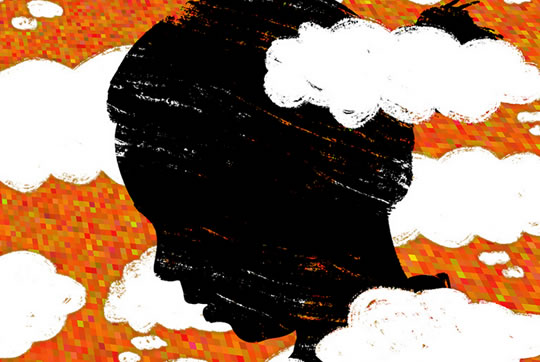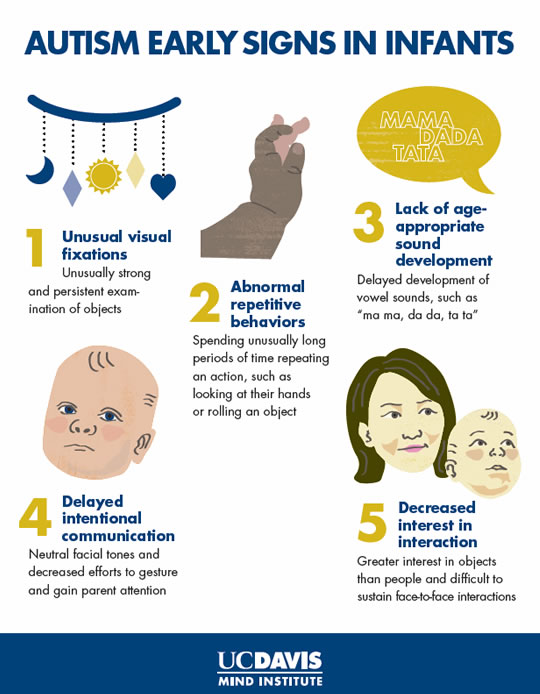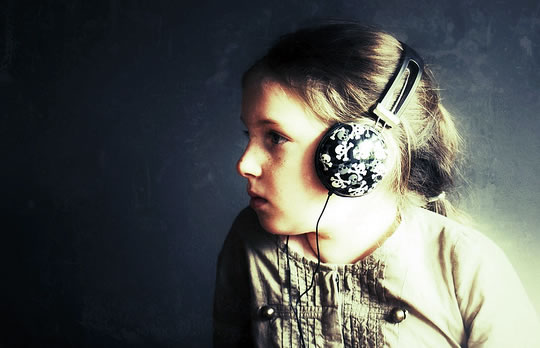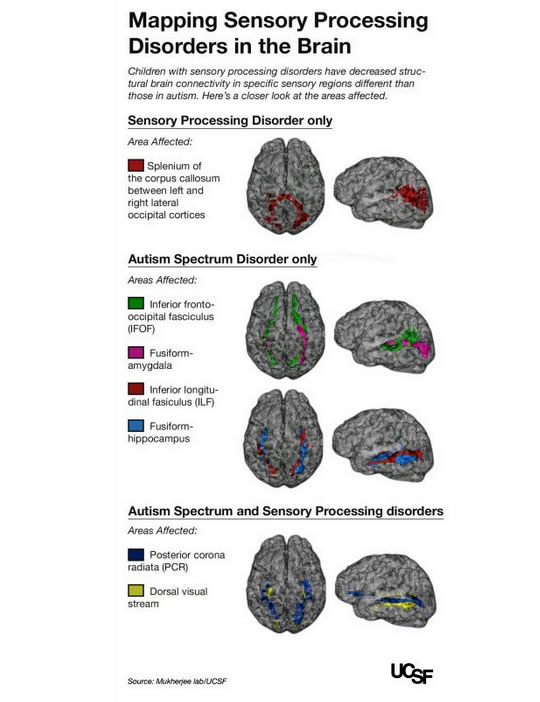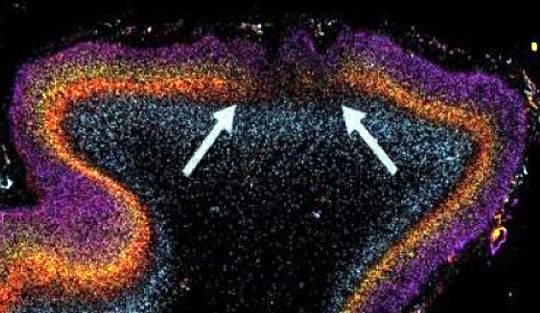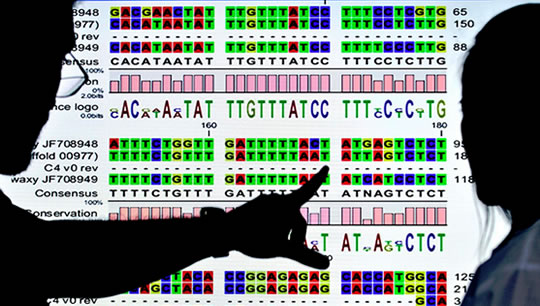Best autism treatment improved social skills and development and lessened symptoms.
The best way of treating autism involves training parents how to work with their children in the home environment, new research finds.
The 7-year-long study found that parents needed to be taught by clinicians how to use psychological strategies in their everyday lives, not just at a clinic (Wetherby et al., 2014).
Professor Amy Wetherby, director of the Autism Institute at Florida State and study principal, said:
“With our specialized methodology, we taught families to work with their children 20 to 25 hours a week in their everyday activities — not only play but also meals and snacks, caregiving, family chores — and taught them how to bring their children into that activity.
We also taught them how to go out in the community, how to take the child to a playground, to a grocery store, to a restaurant, and use these strategies.
We tried to help parents make interactions fun and fruitful learning moments. But we also taught the parents how to push their child — because their child has autism, and we are finding these children at this very critical moment when their brain is more able to learn.
If the parent can start early, then we are more likely to change the child’s trajectory of learning for the rest of their life.”
Typical strategies which parents are taught include encouraging toddlers to imitate others since this is one of the keys to learning.
The study, published in the journal Pediatrics, randomised 82 toddlers into two groups: in the first, parents were taught in a group and, in the second, clinicians visited their homes to show parents how to implement the strategies.
Professor Wetherby explained the results:
“For both, children improved in using words and autism symptoms.
However, children in the second group improved even more on understanding and social communication, demonstrating the impact of the individual sessions at home.”
While some previous studies have reported improved outcomes from similar strategies, they required clinicians to spend more time with children than is practical.
Other studies have successfully taught the required skills to parents in groups; yet, while parents seem to learn what’s required, children do not benefit.
Professor Wetherby believes they have found a good balance:
“We’ve come up with a treatment model that can teach parents to support their child’s learning during everyday activities, and we’ve documented that the children improved their developmental level, social communication skills and autism symptoms.”
Image credit: hepingting

